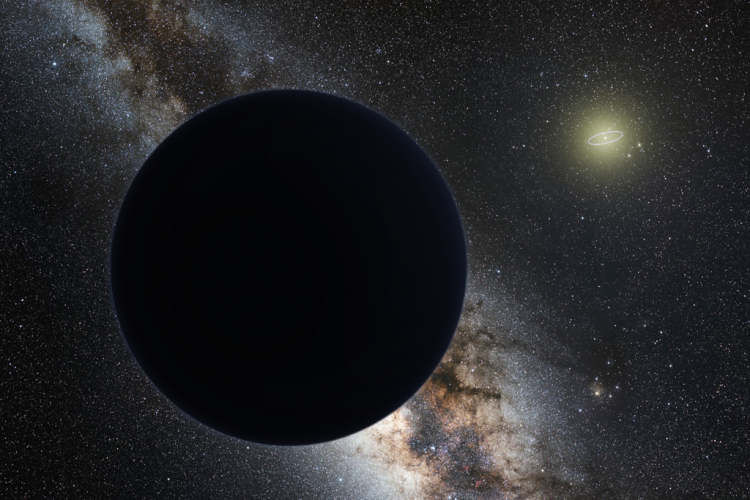A massive planet in the outer solar system has been found, which could be the elusive Planet Nine that astronomers have been looking for in the longest time.
Planet Nine is a hypothesized world orbiting far beyond Neptune in the distant reaches of our solar system.
In a study of data collected by the Infrared Astronomical Satellite (IRAS) in 1983, astronomer Michael Rowan-Robinson of Imperial College London discovered a trio of point sources that could be Planet Nine.
This is unlikely to be a real detection, Rowan-Robinson wrote in his preprint paper, but the possibility does mean that it may be used to predict where the planet is today in order to conduct a more targeted search in the hunt to confirm or rule out its existence.
"Given the poor quality of the IRAS detections, at the very limit of the survey, and in a very difficult part of the sky for far infrared detections, the probability of the candidate being real is not overwhelming," Rowan-Robinson emphasized.
"However, given the great interest of the Planet 9 hypothesis, it would be worthwhile to check whether an object with the proposed parameters and in the region of sky proposed, is inconsistent with the planetary ephemerides."
IRAS was operational for 10 months beginning in January 1983, surveying 96% of the sky in far-infrared. Small, cool objects like Planet Nine might be detected at this wavelength, thus Rowan-Robinson opted to re-analyze the data using parameters consistent with Planet Nine.
Only three of the approximately 250,000 point sources discovered by the satellite are of interest as candidates for Planet Nine. The satellite detected what looks to be an object travelling across the sky in June, July, and September of 1983.
The source emerges in an area of sky that is at low galactic latitude (near to the galaxy's plane) and is heavily influenced by galactic cirrus, filamentary clouds that glow in the far-infrared. As a result, it's probable that the sources are cloud noise.
Rowan-Robinson further mentions that the Panoramic Survey Telescope and Rapid Response System (Pan-STARRS), which has been in operation since 2008, has failed to locate the candidate.
We can derive some information about Planet Nine if we view the candidate as real. At an orbital distance of roughly 225 astronomical units, it would have between three and five times the mass of Earth, according to IRAS data.
The movement of the source across the sky also provides us an idea of the orbit of the prospective planet, indicating where in the sky we should be looking right now and where we may look in other data, such as Pan-STARRS data.
The paper is accessible on the arXiv preprint server and has been approved for publication in the Monthly Notices of the Royal Astronomical Society.





